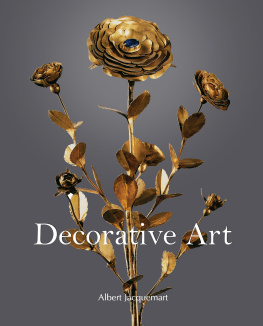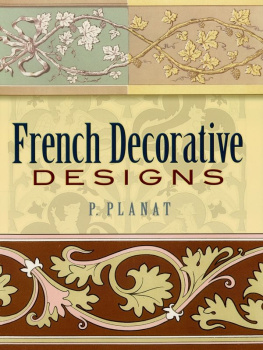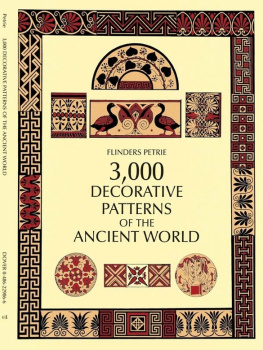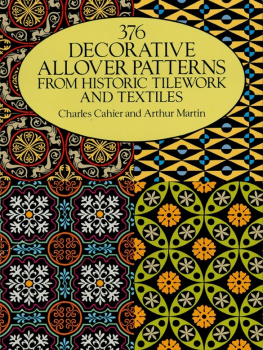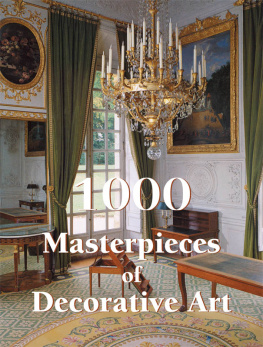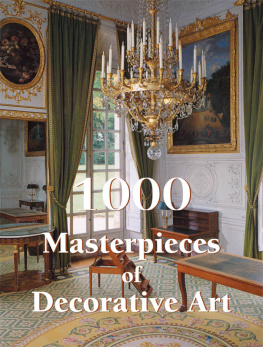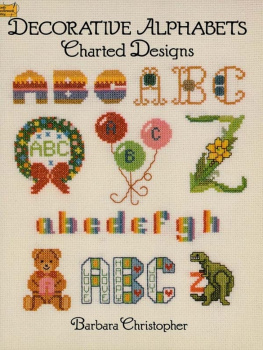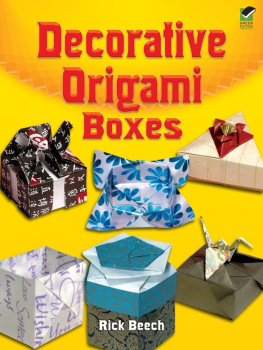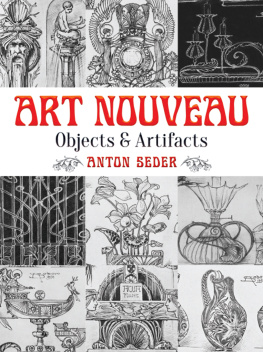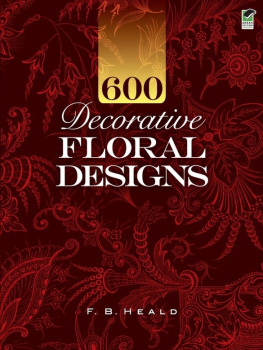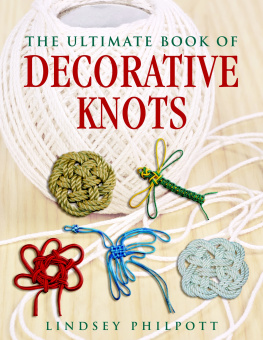Author:
Albert Jacquemart
Layout:
Baseline Co. Ltd
61A-63A Vo Van Tan Street
4 th Floor
District 3, Ho Chi Minh City
Vietnam
Confidential Concepts, worldwide, USA
Parkstone Press International, New York, USA
Image Bar www.image-bar.com
All rights reserved.
No part of this publication may be reproduced or adapted without the permission of the copyright holder, throughout the world. Unless otherwise specified, copyright on the works reproduced lies with the respective photographers, artists, heirs or estates. Despite intensive research, it has not always been possible to establish copyright ownership. Where this is the case, we would appreciate notification.
ISBN: 978-1-78310-787-2
Albert Jacquemart
Decorative Art

Contents
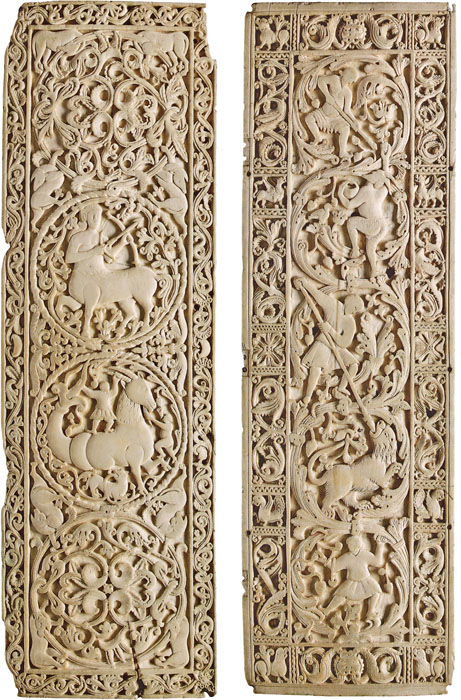
Diptych, 8 th century. Elephant ivory, 34.3 x 10.7 cm.
From the Beauvais Cathedral treasure. Muse de Cluny, Paris.
Introduction
In discussing furniture, we must begin by defining the value of the word according to the various periods to which it is applied. In its literal and general meaning, furniture represents everything that is moveable, transportable, and easy to put away.
In the early ages of our history, man was, to a certain extent, nomadic. If the necessity of defence caused castles and fortresses to be erected, fitted for repelling a hostile incursion, and for protecting the humble dwellings which gathered around them, lords and vassals, rich and poor, providing against a victorious invasion, or the necessity of going to fight in distant parts for their countrys cause, held themselves prepared to pack up, in chests kept ready for the purpose, all of their possessions. These chests are, therefore, the first and most ancient furniture.
By degrees, as public security increased, and society, growing more condensed, found support in its legal organisation, ease began to develop. Along with this came luxury, the innate want of intelligent races who require the satisfaction of the eye in proportion to the enlightenment of the mind. Strictly speaking, therefore, it was not until after the strife of the Middle Ages that furniture, such as we understand it today, could have existed. That is, an assemblage of objects placed in the principal divisions of the habitation to satisfy various requirements, and at the same time present an agreeable, elegant and even splendid appearance.
It is difficult, therefore, in the present day to compose a truly historical set of furniture, even by seeking its elements in the periods closest to us. Customs, habits, needs, and wants have changed; ancient pieces have been destroyed in mass quantities, and even when they are discovered, these pieces offer an incomplete match in regard to comfort as a modern invention but an absolute necessity in every luxurious dwelling.
Some people have, it is true, conceived the idea of transforming old furniture so as to adapt it to present exigencies; this is a barbaric concept, against which all sensible men will protest. Let us respect the waifs of the past, and beware of touching them with sacrilegious hands. It is only thus that valuable relics can retain their prestige, and add lustre to the galleries of their fortunate possessors.
Nor do we accept the compromise adopted by some, which consists in completing a furniture characteristic of a particular period with modern imitations. Few people would be deceived by it, and a false specimen introduced into a collection confuses visitors, and makes them doubt the authenticity of the entire collection.
Let us now glance rapidly at the periods whence a connoisseur may seek, with some chance of success, various parts of a choice set of furniture.
In the 14 th century, Charles V and Jeanne of Bourbon had collected at the Louvre and in their chateaux countless marvels, of which a detailed inventory has preserved us a description of the contents. It was absolutely necessary that the flats should be suitable in order to contain these treasures. Indeed, contemporary writings prove the admiration impressed upon and shared with their guests by Holy Roman Emperor Charles IV and his son Wenceslas, King of the Romans, when they came to Paris in 1378. They even felt great pleasure, writers say, in receiving magnificent jewels from the king, such as they are known to do in Paris.
The 15 th century offered nothing to add to this luxury. At most one could ask for items with which to furnish an oratory or study, that is to say chairs, benches, desks, kneelers, bookshelves and cabinets, etc.
In the 16 th century, furniture that may be applied to our current uses becomes more common. The necessity of easy transport still exists and everything must be made with the option of disassembly; beds have their columns and other parts jointed, tables are on trestles or made to fold down on their axis, cabinets are numerous and varied in materials and dimensions so that being filled with valuables they may be easily stored in the chests or trunks, chairs have hooks, fastenings or can be folded. In a word, the camp furniture is ready to be packed together with the ornamental cushions, carpets and moveable hangings that they attached wherever the dwelling-place of the moment was located.
At the end of the century, furniture becomes still more abundant, and already the more cumbrous pieces cease to travel; at the moment of leaving the chateau such pieces are consigned to the garrets or the wardrobe rooms, where they remain until the day of return. At this period, a taste for the sights becomes more common; distant voyages procure objects from India, caskets painted in the Turkish fashion, oriental carpets and porcelain from China, which was easily obtainable in Cairo. It is easy to realise in the present day what kind of riches a palace of 1589 might contain; lInventaire des meubles de Catherine de Mdici, published by Edmond Bonnaff, is, in this respect, as descriptive as possible.
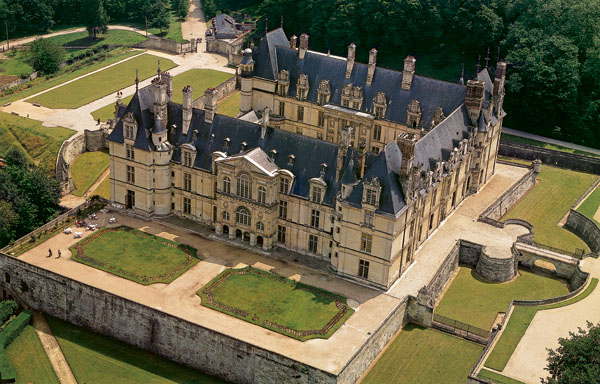
Castle of couen, aerial view.
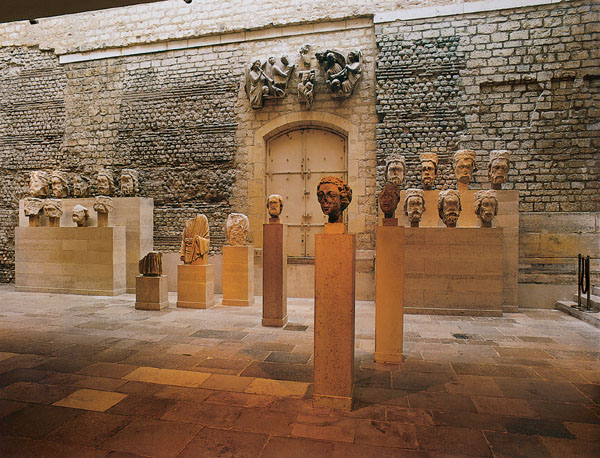
Notre Dame de Paris, sculpture room. Muse de Cluny, Paris.
To return to less exceptional things, let us go back to the Muse de Cluny, where the decorations from the Chteau de Villepreux, belonging to Pierre de Gondy, bishop of Paris, will show the luxury of the 16 th century in a simpler form, and allow us to observe a bed more appropriat for contemporary use. We must also point out this important peculiarity, that the inventory of Catherine de Mdici shows a very extensive collection of ebony cabinets inlaid with ivory which are of German fashion, that is, marquetry of various woods. However, it does not have pieces of wood-carved furniture which must have still been in use, as may be proved by those bearing the monogram of Henry II and the double crescent to be found in museums and among collections. It is an indication of the possible mingling of these three kinds of furniture making one whole set.
We still keep to the genuine 16 th century so long as we do not see the rather cumbrous pieces of the time of Henry IV which lead directly to the style of Louis XIII. The furniture of this period of transition, which is occasionally sombre from the abuse of ebony, has already a degree of pomp announcing the century of Louis XIV. When we say furniture, we do not mean pieces of outward show, more luxurious than useful; this is one of the characteristics of the period of the great king. A more complete picture more clearly proving the absence of useful furniture could not be desired. In order to find such, in an intimate and charming form, we must pass to the reign of Louis XV, the king who deserted the state apartments to take refuge in places with secret doors and back staircases.
Next page
